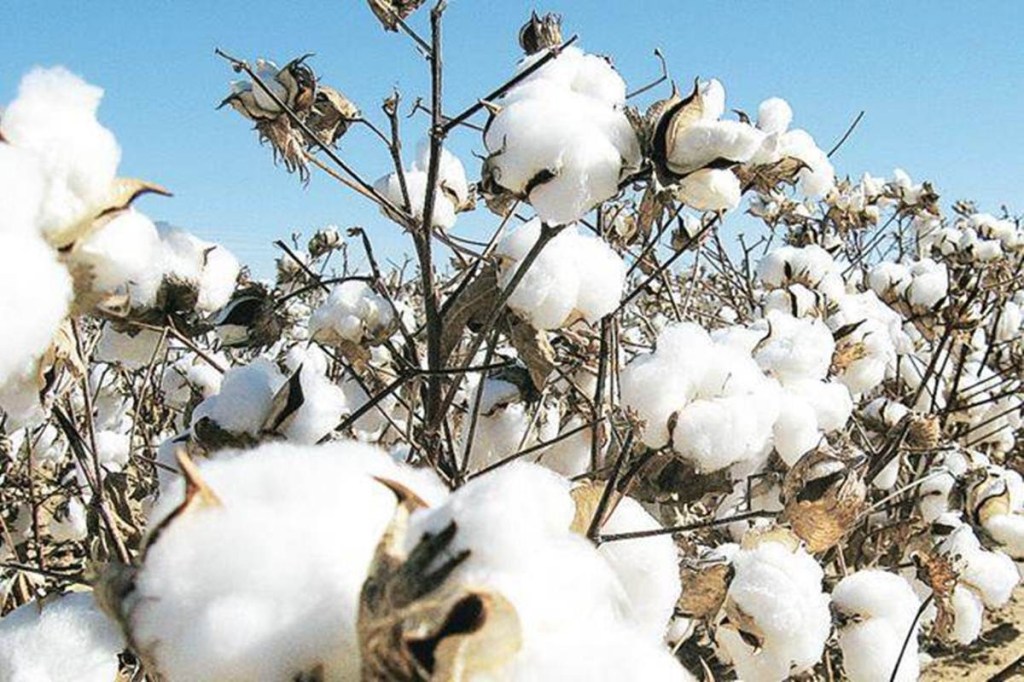Despite low sowing of cotton in Gujarat, traders are anticipating bright export prospects this season, in the wake of subdued prices in India compared to the global market. With over 30% share in the total production of cotton in the country, Gujarat is one of the leading states in cotton trade. Sources in the cotton trade say that due to the Covid-19 pandemic, many cotton growers have diversified to groundnut and hence, sowing in the state is almost 14 to 15% lower in the current season compared to last year.
“Cotton prices in India are hovering around Rs 35,500 to Rs 36,500 per bale (170 kg per bale) compared to global price or around 39000 per bale. This competitiveness in price would give an edge to local traders in the international market,” says Avadhesh Sejpal, a leading broker in the cotton trade.
Bharat Boghara, president of Ginners Association of Gujarat is cautious and says that the traders are anticipating good exports after Diwali, but all depends on quality of fresh cotton arrival as well as demand from the global textile industry.
On an average India’s total production is around 3.7 crore bales (170 kg per bale). Last year due to heavy procurement by CCI, the central government agency already had record stock of around 1 crore bales, which means nearly 30 per cent carry forward stock would be dumped in the market in coming days. Gujarat based ginning mills pressed around 1 crore bales last year.
This year, it would be around 80 lakh to 90 lakh due to lower sowing. Compared to last year’s Rs 1,100 per 20kg MSP, the government has fixed Rs 1,155 for the current season. Despite the hike in the MSP, prices of Indian cotton are likely to remain low compared to other cotton growing countries, experts adding that it would give an edge to Indian exporters.
Sources in the cotton trade say that generally Gujarat is exporting 10 lakh to 15 lakh bales of cotton every year. According to them, during the current season also the trend would continue despite the pandemic. Last season, the quality of cotton was hampered due to the Pink Bollworm menace. This year state agriculture department as well as farmers have taken adequate care to prevent this disease and hence quality of Indian cotton would be better compared to previous year.

